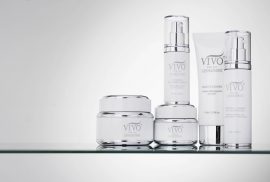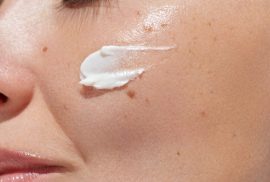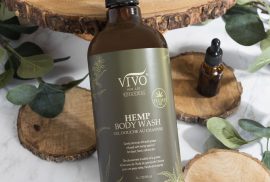The Science Behind Night Creams: Do You Really Need One?
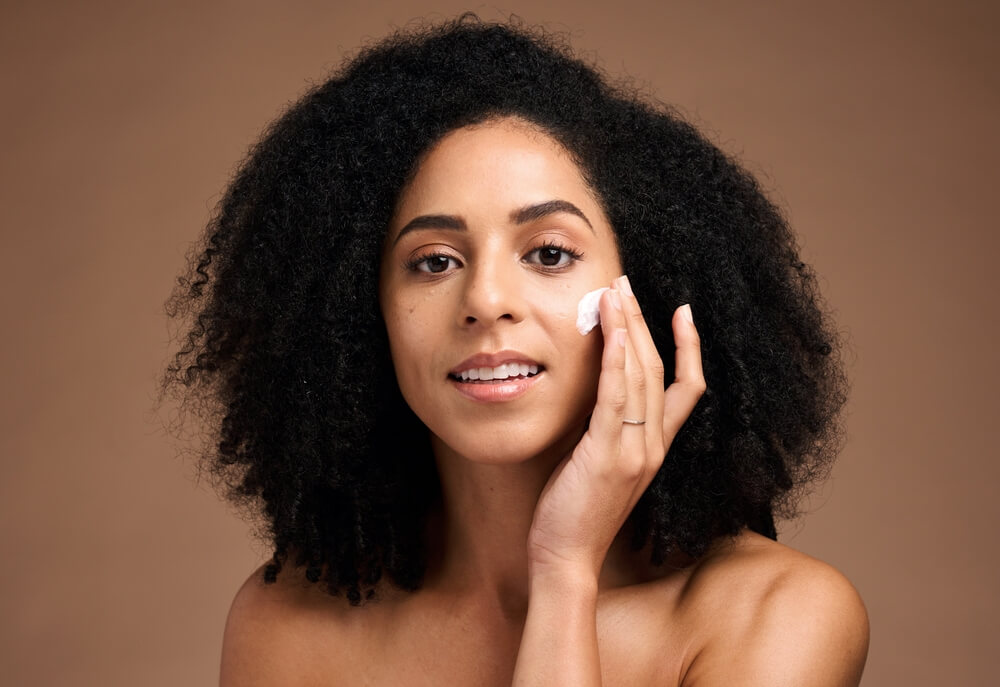
In a general sense, all creams do the same thing; they moisturize the skin. So, do you really need to invest in separate day and night creams? Can’t you use the same moisturizer both night and day?
When it comes down to it, yes, you could. The most important thing is to ensure that your skin is always kept moisturized and a single formula will be capable of doing this at any time of day. However, if you want to see maximum benefits from your skincare routine, dedicated night creams are worth looking into. Why? Read on as Vivo Per Lei explains…
What Do Night Creams Do?
Surely the purpose of a night cream is to keep your skin moisturized while you sleep, right?
Yes, but night creams do so much more than this too…
Firstly, they hydrate the skin, giving it a burst of moisture. They then lock that moisture into the skin, forming a seal over the skin’s surface to prevent it from evaporating. This is crucial because research confirms that moisture loss increases overnight, which is why so many people wake up with skin that looks dull, rough, and dry.
A night cream will also ensure that your skin feels supported as it goes about its nightly tasks. Sure, you may be asleep at night, but your skin cells most definitely aren’t! Instead, this is when they work on repair and restoration, countering the appearance of damage that has developed over the course of the day. A good night cream will contain ingredients that help with this so that your skin feels much happier and healthier in the mornings.
Of course, with skin permeability being higher at night, your skin will be able to absorb ingredients more effectively. This is why many night creams also contain powerful active ingredients – evenings are the perfect time to apply them!
Day Creams vs Night Creams
Won’t a day cream do all of the above too?
It’s very unlikely. While day creams will no doubt hydrate your skin and then help to trap that moisture in, they won’t do this to the same extent as night creams.
Instead, day creams are formulated to meet the skin’s daytime needs. During the day, your skin cells focus on shielding themselves from environmental damage. Between UV rays, pollution, the weather, and more, there’s so much out there that can harm your skin. A good day cream will keep your skin feeling safe and protected in a way that isn’t needed at night.
Choosing the Best Night Cream For Your Skin
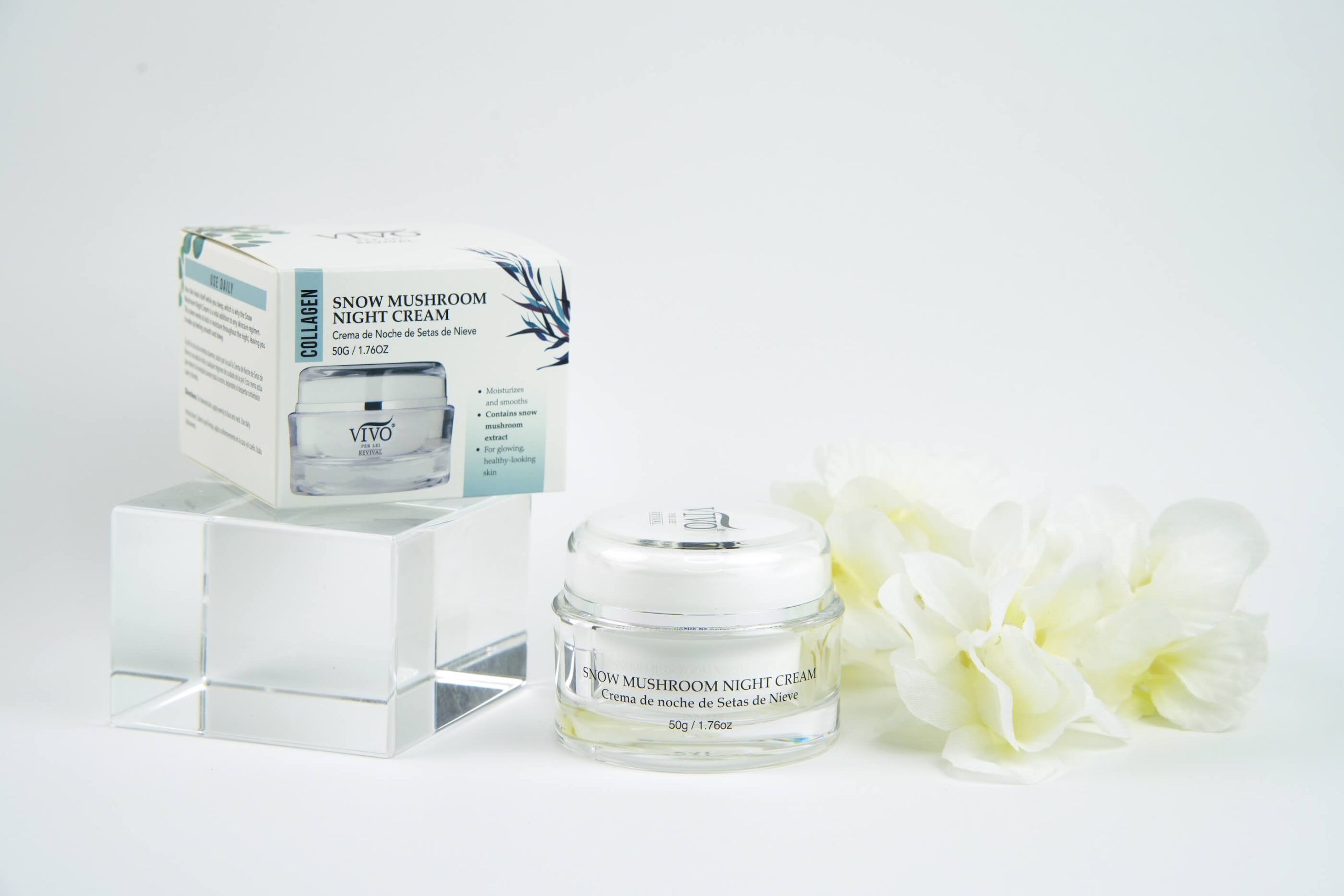
With so many different night creams out there, how do you know which one would be best for your skin?
There are a few things to keep an eye out for…
Firstly, you want to make sure that the night cream you use is hydrating. A hydrating cream will contain humectants, which are ingredients that have moisture-binding properties. Sodium hyaluronate is one of the best. You’ll find it in the Vivo Per Lei Snow Mushroom Night Cream, along with several other humectants, including squalane, polyglutamic acid, and jojoba oil. These ingredients hydrate without clogging the pores, making them great for all skin types.
As mentioned earlier, you should also ensure that your chosen night cream will keep your skin cells feeling supported as they regenerate overnight. In the Snow Mushroom Night Cream, this is taken care of by retinol, amino acids, and a selection of powerful, antioxidant-rich botanical extracts. These ingredients will also help to fight the appearance of free radical damage, keeping your skin looking smooth, bright, and youthful.
Another cream that works well at night on all skin types is the Vivo Per Lei Marine Ultimate All Skin Cream. This one is a slightly richer formula yet, again, it won’t weigh your skin down or clog up your pores. Squalane, polyglutamic acid, and sodium hyaluronate once again provide this cream’s hydrating power while shea butter locks that moisture in. At the same time, the niacinamide in this formula, combined with the powerful botanicals, will leave your skin looking rejuvenated by morning.
Getting the Most Out of Your Night Cream
Even with the best night cream in the world, you won’t see the results that you’re hoping for unless you put in the necessary prep work. Here are some tips for getting the maximum benefits from your night cream:
Start By Cleansing Your Skin
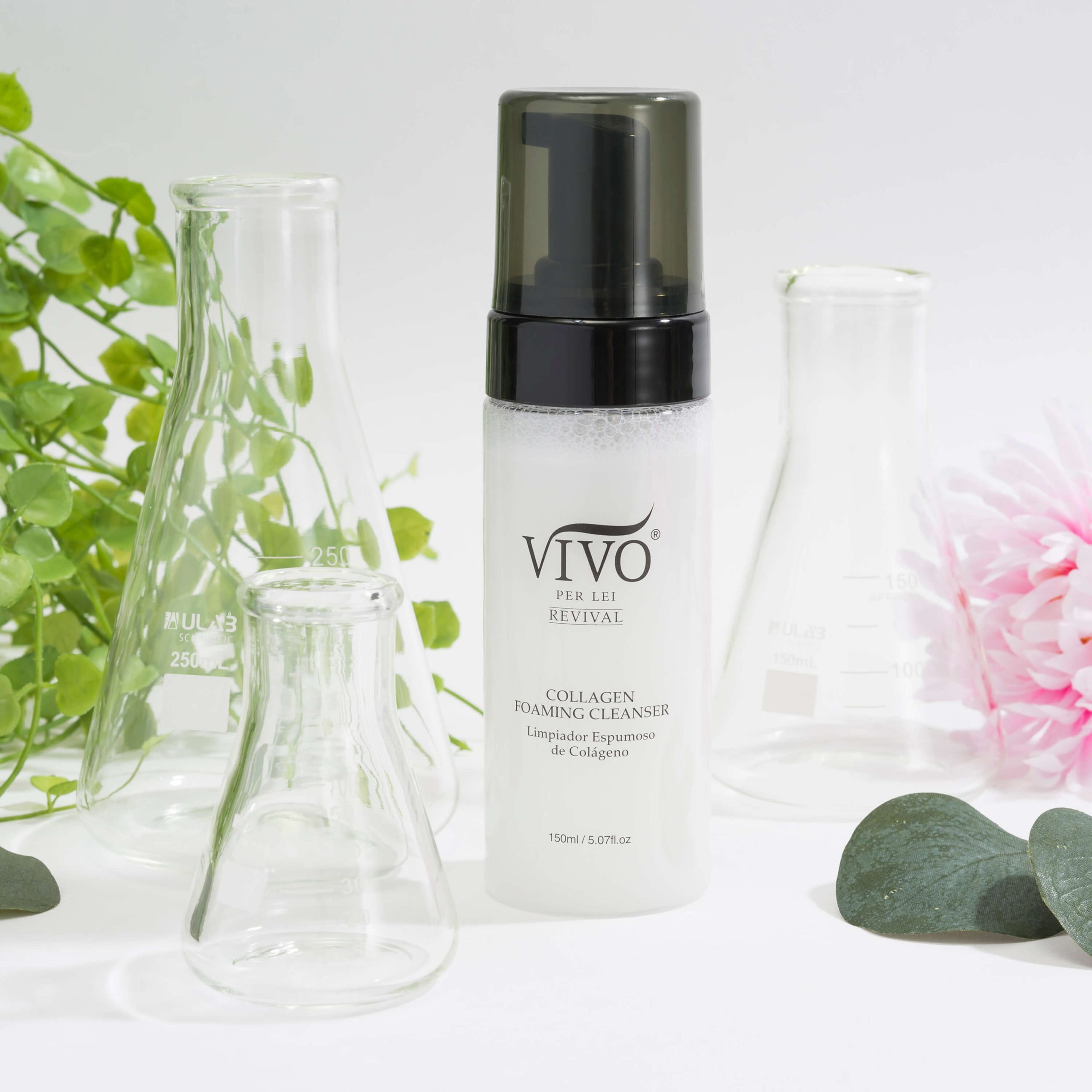
By the time evening rolls around, your skin will be covered with a layer of dirt, sebum, and other impurities. Although you may be tired, cutting corners by applying a night cream onto dirty skin isn’t going to do your skin any favors. You may think that this is better than not moisturizing at all but, in reality, this isn’t always the case.
Instead, layering a night cream over the dirt that has built up during the day will only push all of that grime deeper into your skin. It will find itself trapped beneath your moisturizer, where it will then block your pores and cause inflammation.
Plus, let’s not forget that your skin will struggle to even absorb your night cream in the first place. That layer of dirt will be blocking your moisturizer from accessing your skin cells. Sure, some of the ingredients may make it through but the majority will end up sitting on top of that grime, leaving your skin looking congested.
This is why an evening cleanse is so important. Ideally, do so with a cleanser that’s suitable for your skin type. If your skin is oily, a foaming cleanser, like the Collagen Foaming Cleanser from Vivo Per Lei, will help to de-grease your complexion. Meanwhile, if your skin type is dry or sensitive, look for a gentler hydrating formula, such as the Vivo Per Lei Hyaluronic Acid Daily Facial Wash.
Consider Exfoliating
Want your skin to soak up as much of your night cream as possible?
If so, in addition to cleansing, you may also want to consider exfoliating. While a cleanser will clean the surface of your skin, an exfoliator works on a deeper level of the complexion. It will clear out impurities and blockages from your pores, allowing your night cream to dive straight in.
Of course, while cleansing should be done every night, the same can’t be said of exfoliation. Instead, how often you exfoliate should depend on your skin type. Those with dry skin only need to exfoliate once or twice a week whereas those with oily skin will likely need to exfoliate two or three times a week. Whatever the case may be, don’t be tempted to exfoliate more often than recommended. Over-exfoliation is a very real problem that can take months to recover from!
Layer a Serum Underneath
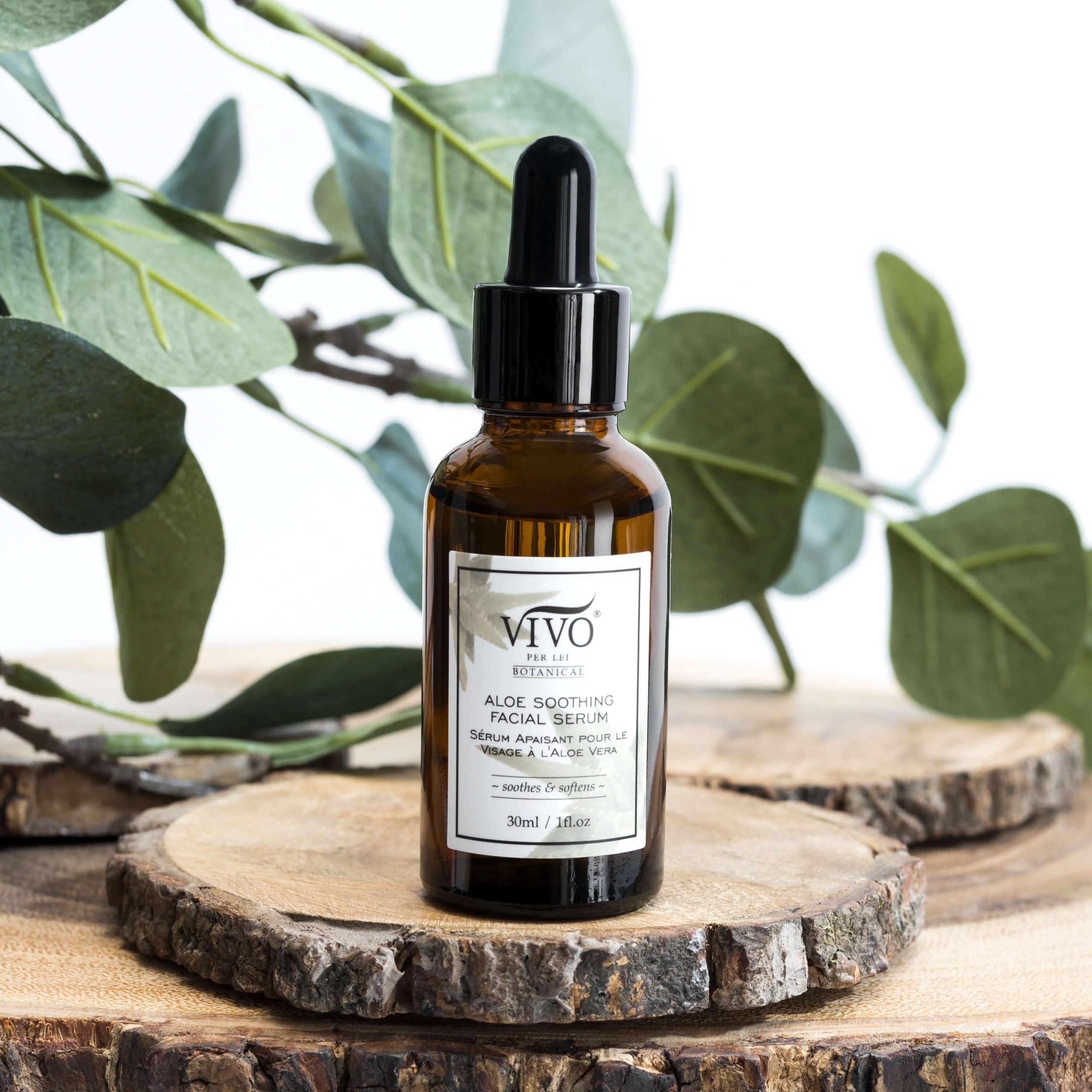
As we’ve mentioned a few times, night creams are great for locking moisture into the skin and preventing it from evaporating. So, it only makes sense to ensure that your skin contains as much moisture as possible before applying a night cream.
This is where a hydrating serum can help. Just like hydrating night creams, hydrating serums are usually loaded with humectants that bump up the skin’s moisture content. However, serums are much lighter in consistency than night creams. This enables them to reach the deeper layers of the complexion while night creams usually focus on the surface layer.
So, which is a good serum to layer underneath a night cream?
If your skin type is dry or sensitive, try the Aloe Soothing Facial Serum from Vivo Per Lei. Not only will it hydrate your skin but it will also calm the feeling of irritation and inflammation.
While that formula works well on oily skin too, you may find the Radiance Gold Facial Serum to be more beneficial. Not only does it hydrate, but it also contains salicylic acid. This beta-hydroxy acid is great for clearing out blocked pores and preventing the appearance of breakouts.
Apply Your Night Cream Onto Damp Skin
Usually, after applying a serum, people wait for their skin to dry off before following up with night creams. They believe that waiting allows the serum to fully soak into their skin before the next product is applied.
This is true but only to a certain extent. When you apply a serum, some of it will sink into your skin but the rest of it will evaporate away. To prevent this, you should ideally follow up with your night cream while your skin is still slightly damp from your serum.
The same applies if you aren’t using a serum. Cleanse your skin, gently pat away excess moisture with a clean towel, and then apply your moisturizer while your skin is still damp. This will seal all of that extra water into your skin, improving your skin’s hydration levels.
Massage Your Night Cream Into Your Skin
Although you may be eager to get to bed, spending a minute or so massaging your night cream into your skin can be extremely beneficial. This involves using gentle circular motions when applying your moisturizer, slowly working your way around your face.
Why do you need to do this? Because a facial massage helps to increase circulation. Not only will this encourage higher absorption of your night cream but it will also leave your skin looking rosier and healthier.
Once you’re done applying your night cream, wait for at least a few minutes before jumping into bed. Ideally, you want to give the cream some time to settle into your skin before your face comes into contact with your pillow, which would only end up rubbing some of the cream off your skin.
Conclusion: Are Night Creams Worth Buying?
If you’re on a tight budget and are trying to keep your skincare routine as simple as possible, then a single moisturizer formula can work for both day and night, so long as you pick one that’s hydrating and chock-full of antioxidants. However, if you’d like to tailor your skincare routine to meet your skin’s varying needs at each time of day, night creams are definitely worthwhile. They’ll cater to your skin in a way that day creams won’t be able to do, ultimately giving you a much healthier complexion.


